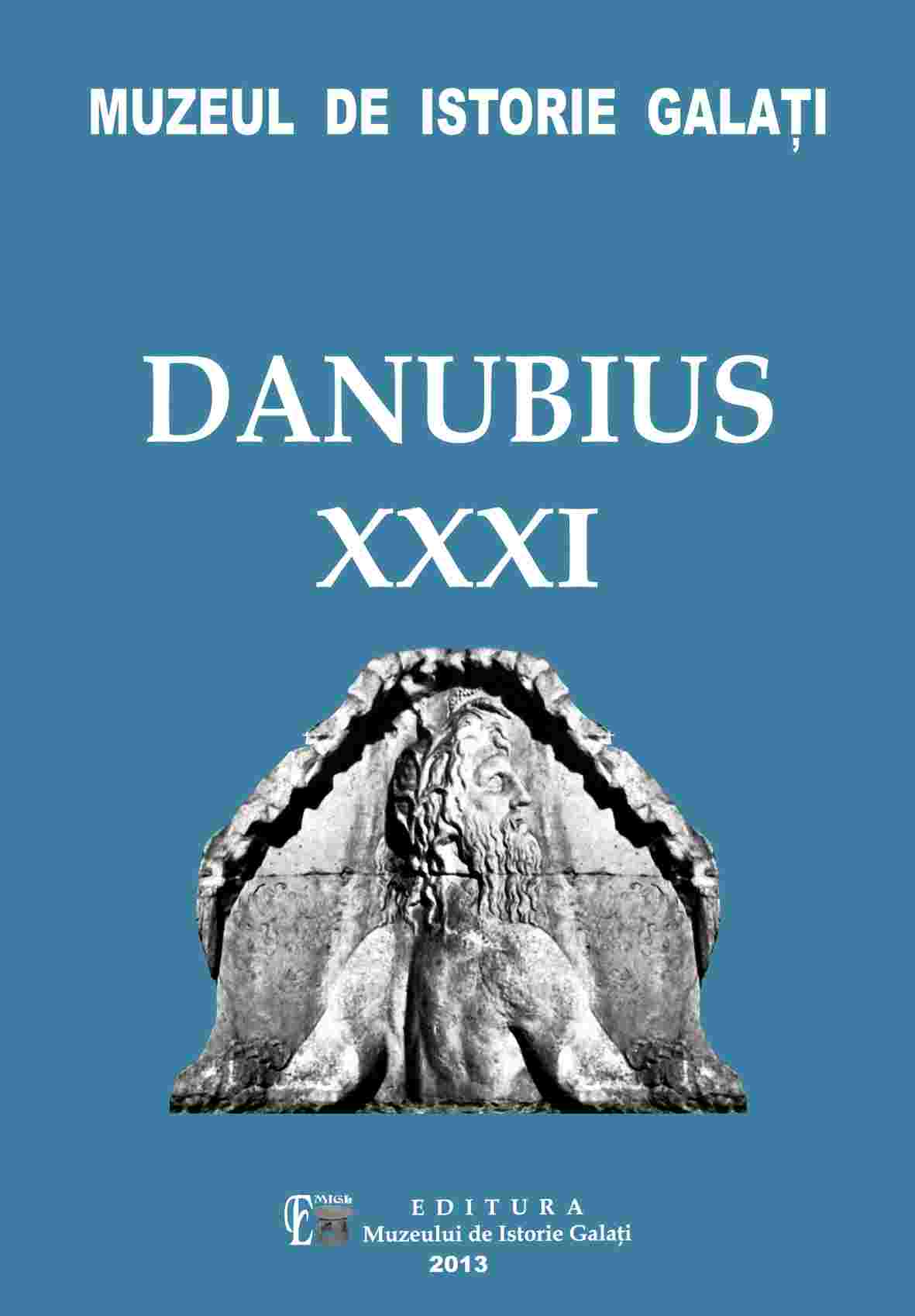In the Ninth Heaven – the Gnostic Background of the Romanian Folklore tradition of the “Heaven’s Custom Houses”
In the Ninth Heaven – the Gnostic Background of the Romanian Folklore tradition of the “Heaven’s Custom Houses”
Author(s): Silviu LupaşcuSubject(s): Customs / Folklore, Cultural Anthropology / Ethnology
Published by: Muzeul de Istorie „Paul Păltănea” Galaţi
Keywords: the heaven's custom houses; the ninth heaven; Romanian folklore; Gnosticism; the Nag Hammadi Library
Summary/Abstract: In the Romanian folklore tradition, a considerable amount of sources attest the widespread belief in “the heaven‘s custom houses“, as a constitutive part of the imaginary circumscribing the journey of the soul, after death. These traditions and the funeral rites inspired by them survive into the 21st century, while their origins seem to be lost in illo tempore. The rebellious angels or “the devils“ are expelled from heaven by the Archangel Gabriel, who is acting according to God‘s command. They disperse on the earth, in the waters, or remain suspended in the air, in the provisional state of an unaccomplished fall. The angels exiled in the air “concoct“ the custom houses stationed between the heaven and the earth, which are destined to charge custom duties for the souls of the human beings, after their crossing over the thanatic threshold, in order that “no guilty soul may squeeze inside Paradise, and all sinners may be caught and sent in Hell“. The interval separating the heaven and the earth is thus defined as a border-space between the realm of good and the realm of evil, between Paradise and Hell. Inside this border-space, the trajectories of the souls, after death, unfold in different shapes, according to the logic of the good deeds and evil deeds fulfilled during the lifetime on earth. The trajectory covered by the soul after death constitutes a common element of the Gnostic texts and the folklore texts about the heaven‘s custom houses. The ample vision of the Gnostic theogony and cosmogony, the representation of the universe, of the nine heavens, the traumas and the beatitudes of the ascension which unfold against the background of a complex theology of redemption and damnation, of the confrontation between good and evil, make whole the rustic simplicity of the rohatcas and zaplazs built along the heavenly way leading from the earth to the gate of Paradise. The folklore imaginary of the heaven‘s custom houses has its origin in the Gnostic imaginary of the Aeons and Archons, of the passage of the initiates through the planetary spheres and the intermediary heavens.
Journal: Danubius
- Issue Year: XXXI/2013
- Issue No: 1
- Page Range: 309-325
- Page Count: 17
- Language: English

